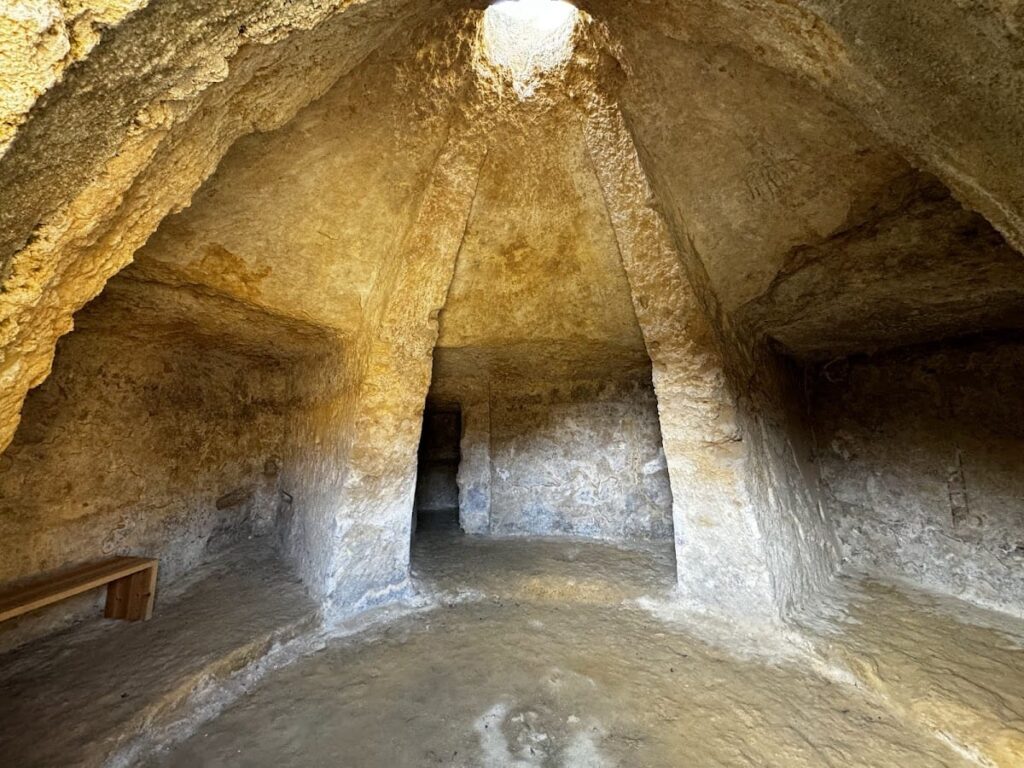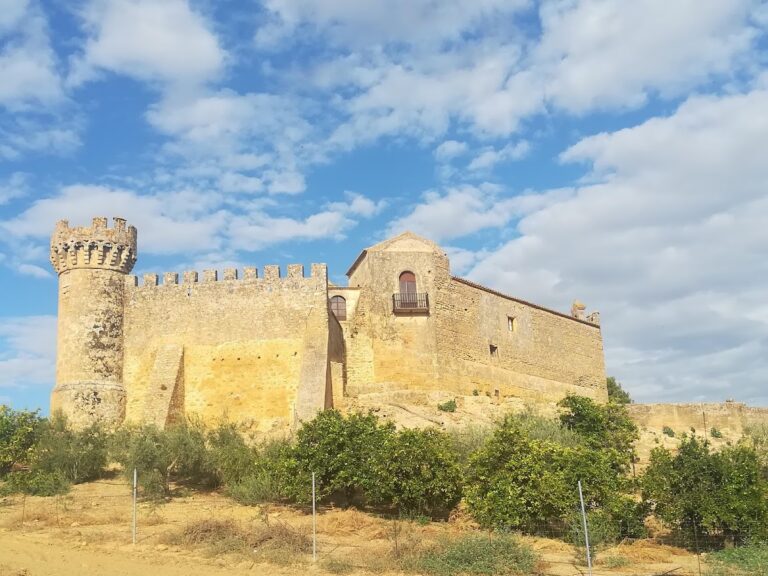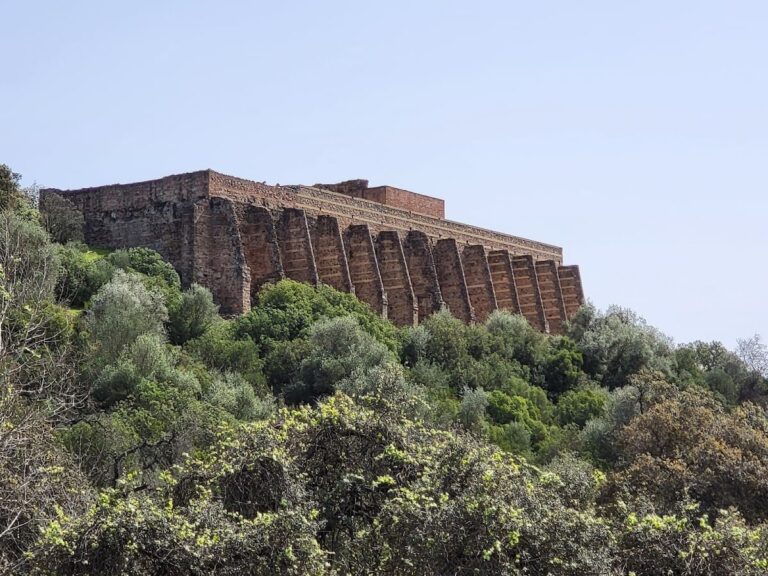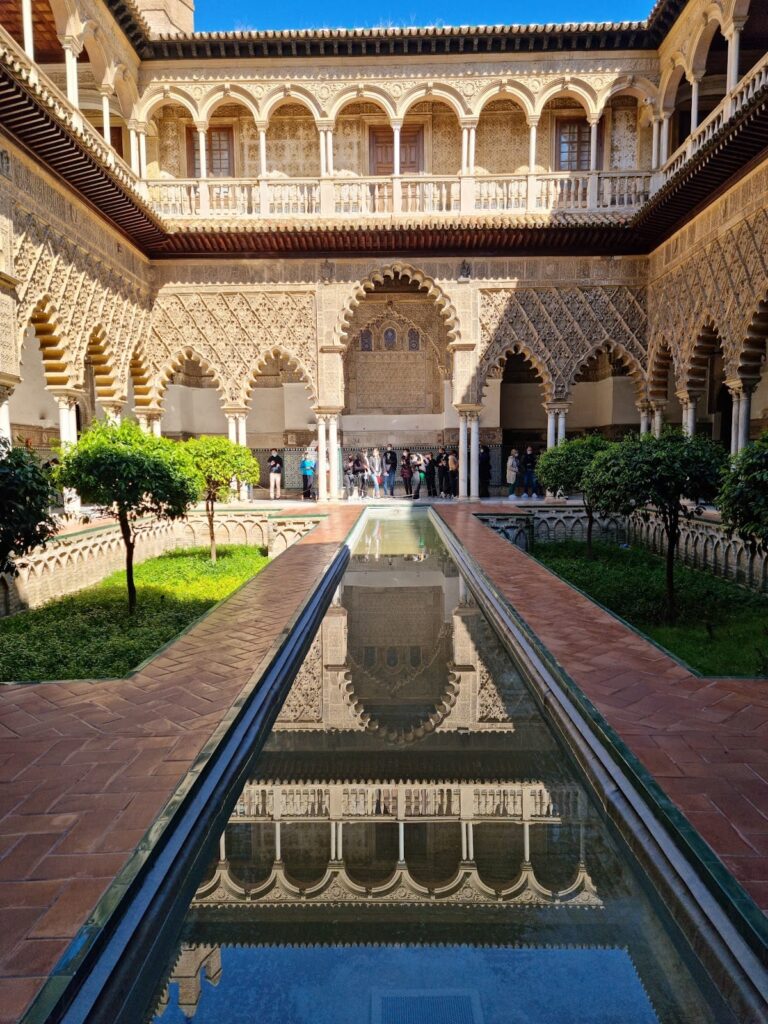Elephant Tomb of Carmona: A Roman Rock-Cut Necropolis in Spain
Visitor Information
Google Rating: 4.5
Popularity: Low
Google Maps: View on Google Maps
Country: Spain
Civilization: Roman
Remains: Burial
History
The Elephant Tomb is located in Carmona, a city in the province of Sevilla, southern Spain. It forms part of the Roman Necropolis of Carmona, an extensive burial site dating back to Roman times. Archaeological work began in 1885, led by Juan Fernández López and Jorge Bonsor, revealing a complex tomb carved into rock. The tomb’s origins lie in the Roman period, though its exact date of construction remains uncertain.
The tomb experienced several phases of use and modification. Initially, it was a subterranean structure featuring a large central hall and a nymphaeum, a water feature often associated with sacred or funerary spaces. Later, the northern gallery was divided to create a funerary chamber with six niches for urns or remains. A significant remodeling followed, introducing triclinia, dining rooms used for ritual banquets, and pergolas, suggesting evolving funerary or ritual practices.
Interpretations of the tomb’s purpose have varied. Some scholars proposed it served as a funerary collegium, a burial place for a professional association, while others saw it as a family tomb. Another theory suggested it functioned as a sanctuary dedicated to the Phrygian goddess Cybele and her consort Atis, supported by the discovery of a statue fragment of Atis. In 1976, Bendala Galán controversially proposed the tomb was linked to the Mithraic cult, citing architectural features and symbolic elements such as the orientation of a window and water installations.
Further research using archaeoastronomy confirmed that the main chamber’s window aligns with solar events at equinoxes and solstices. This alignment connects the tomb’s design to Mithraic symbolism, particularly the constellations Taurus and Scorpio, and the importance of sunlight in Mithraic rituals. The tomb was eventually abandoned, though the surrounding terrain continued to be used for funerary purposes.
Over time, the tomb suffered deterioration due to natural erosion and biological activity. Restoration efforts began in the 1960s, but conservation remains challenging. Artifacts recovered during excavations, including funerary urns, coins, and statues, are preserved and displayed in the Carmona Archaeological Park museum.
Remains
The Elephant Tomb is a rock-cut structure accessed by a staircase descending into a vaulted antechamber. This entrance chamber includes a niche on the right side. Although the original vaulted ceiling no longer survives, plans exist to reconstruct or protect it. From the antechamber, a corridor divides the tomb into two wings.
On the northern side, a staircase leads to a triclinio, a dining room used for ritual meals. The southern wing contains three pillars and a central staircase. The central patio or antechamber features a nymphaeum supplied by a well, decorated with a relief showing a thirsty figure. Beyond this lies a double chamber; the first contains two benches flanking a pedestal.
The northern gallery is split by a wall into two sections. One houses the elephant statue placed by early excavators, though its original location within the tomb is uncertain. The other section contains six funerary niches where urns were found. The main chamber at the rear includes a large triclinio and a window oriented at 120 to 121 degrees with a 34-degree inclination. This window is a later addition and plays a key role in archaeoastronomical studies linking the tomb to solar events.
Additional features include garden beds designed for climbing plants, a kitchen area, and a possible chimney. Coins and a headless statue of uncertain identity were discovered in the well. The tomb’s construction primarily involves rock-cut techniques, with some built walls and pedestals. Decorative elements include reliefs and statuary fragments.
Today, the tomb’s condition is compromised by surface erosion and biological degradation. Some structural elements have been restored or reconstructed during 20th-century interventions. Excavated artifacts are preserved in the nearby museum, providing insight into the tomb’s history and use.










